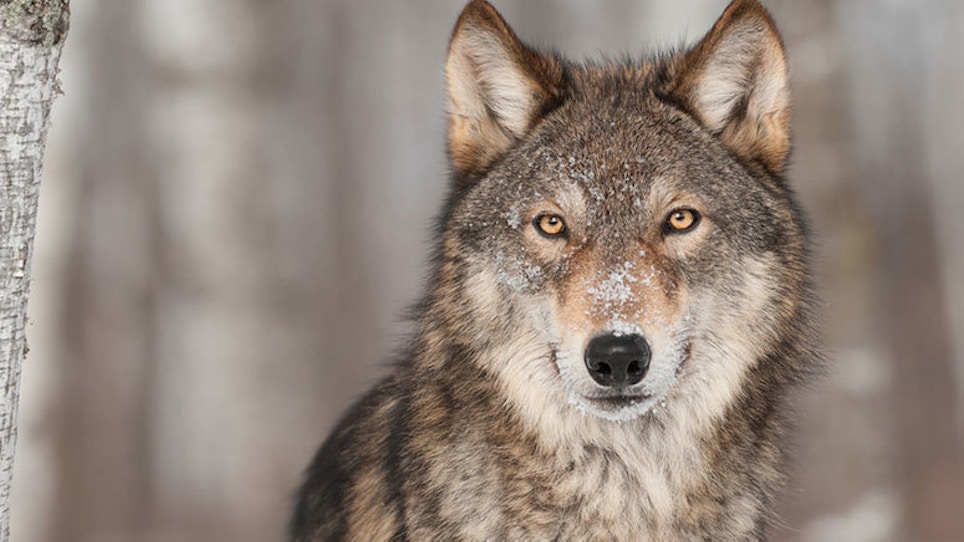Who would have thought that back in 2011 when a group of disgruntled Idaho elk hunters got together to cuss and discuss that they’d been finding numerous elk, deer and moose carcasses littering their favorite hunting grounds that their anger and concern would launch, in my estimation, one of the most effective and common-sense wolf management and big-game conservation organizations in the U.S. today?
With few live animals left to hunt due to rapidly escalating predation brought about by the U.S. Fish & Wildlife Service’s (USFWS) disastrous wolf reintroduction — or, as many claim, introduction — they had to do something.
At first, this ardent group of big-game hunters made up of a cross section of Idaho businessmen decided to take wolf control into their own hands by hunting and trapping these voracious canines. They quickly discovered that the money they pooled for equipment and the undertaking was a total waste that resulted in zero reduction in the wolf population in their target areas.
It was decided a new strategy was needed and they tried to enlist the aid of local trappers who mainly targeted marten, fox and bobcats. They quickly found out that pursuing and trying to reduce the wolf population was not high on the local trapper’s goal due to the expense and lack of financial return for the effort expended when compared to their normal trapline targets. One of those trappers stated that if they could put a price of $500 on each wolf taken he would get with the program.
Thus, was born the idea to start the Foundation for Wildlife Management (F4WM).
F4WM’s mission is to promote ungulate population recovery in areas negatively impacted by wolves. They are accomplishing this by bringing together those folks interested in wanting wolves managed: hunters, ranchers and outdoor enthusiasts in general, along with game and fish personnel.
Today, this organization located in Ponderay, Idaho, has 1,100 members spanning 26 states. The organization is definitely making an impact on the Idaho wolf population, benefitting the elk, moose and deer herds as well as lowering livestock predation with their efforts and money. According to their statistics, based on scientific data and research, F4WM has been responsible for saving 42,000 elk, deer and moose.
Each year Idaho hunters and trappers take a number of wolves incidental to their primary targets. Since its inception predator hunters and trapper members of F4WM have been responsible for 79 percent of the wolves killed in Idaho, accounting for approximately 340 wolves at last count. The organization figures each wolf taken costs them around $520 in organization money.
To date, they have spent a little over $175,000 of member fees, donations and sponsorship money to help manage and control Idaho wolves. Contrast this with the purported cost of removing a depredating wolf by the USFWS agents of $4,600 of your tax dollars per wolf taken. It’s obvious that F4WM is an organization that gets the best bang for the buck.
The bunny huggers and animaniacs got a liberal judge to shut down wolf hunting and trapping in the upper Midwest region of Minnesota, Wisconsin and Michigan a few years back. In Minnesota, the burgeoning wolf population is estimated at 2,856 wolves and projected to increase 25 percent in 2017, according to the DNR’s latest estimates. The government depredation agents in Minnesota take an average of 200 wolves. These wolves are killing pets, livestock or creating a potentially dangerous human-encounter situation. Figuring $4,600 per wolf, that’s a tax payer expenditure of $920,000. The government agencies in charge of wolf management could obviously use a good dose of common sense and cost-effective wolf management by utilizing outside personnel with the expertise to accomplish the job with maximum efficiency and minimal cost. Not likely to happen in my lifetime.
F4WM is classified as non-profit 501(c)(3) organization, which means that the nominal $35 membership fee, donations and sponsorship dollars might be tax deductible. All money raised by this organization is used to reimburse member wolf hunters and trappers for expenses accrued in pursuit of these four-legged killing machines and for the wolves actually taken. The fee for a wolf kill ranges from $250 to $1,000 depending on the area where the wolf is taken. F4WM works in close conjunction with the Idaho Fish & Game Department in determining what areas are the most critical for wolf control in setting the amount paid for a wolf taken in these key locales.
According to an Idaho predator biologist there are several areas of the state that used to be quality trophy elk, deer and moose hunting areas in past years, but no longer have enough big-game critters to support wolves. These areas are predator pits of the worst degree and virtually unsalvageable.
F4GM’s standing is such that they are heartily supported by the Idaho Fish and Game Department, Mule Deer Foundation and the Rocky Mountain Elk Foundation, which has contributed $25,000 to F4GM’s wolf-management program each of the last two years.
If you’re looking for a way to get involved in curtailing the disastrous wolf fiasco check out www.f4wm.org. To add your name to the membership list, mail The Foundation For Wildlife Management at P.O. Box 821, Ponderay, Idaho, 83852. Better yet, start a predator management organization in your own area to help manage the ever-growing predator problem.
More top picks from Predator Xtreme:
How to scout in summer for coyotes
3 tips to hunt coyotes the simplest way possible
Coyote 101: Understanding how songdogs rear pups
Wild hogs: A must-hunt species







